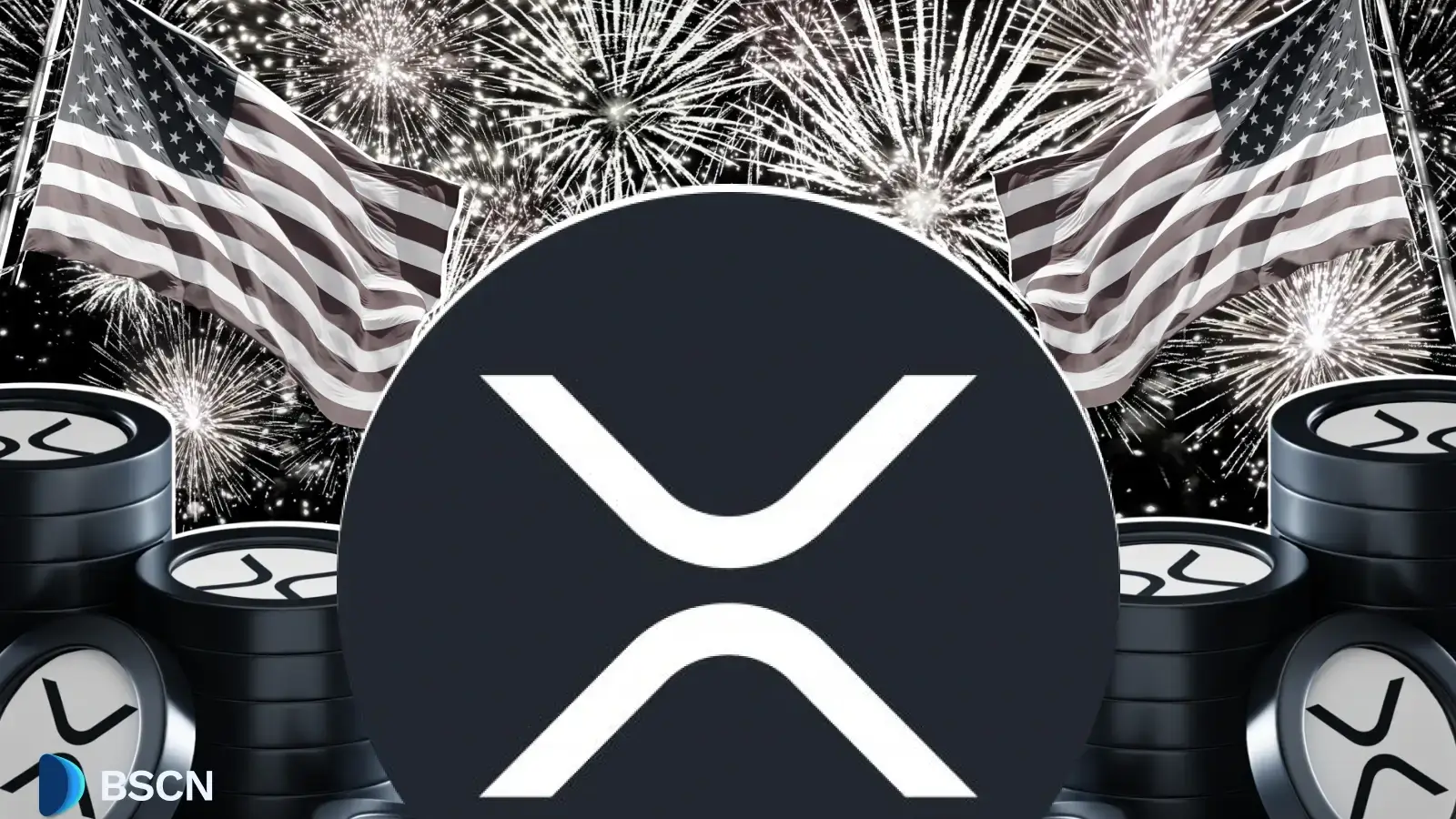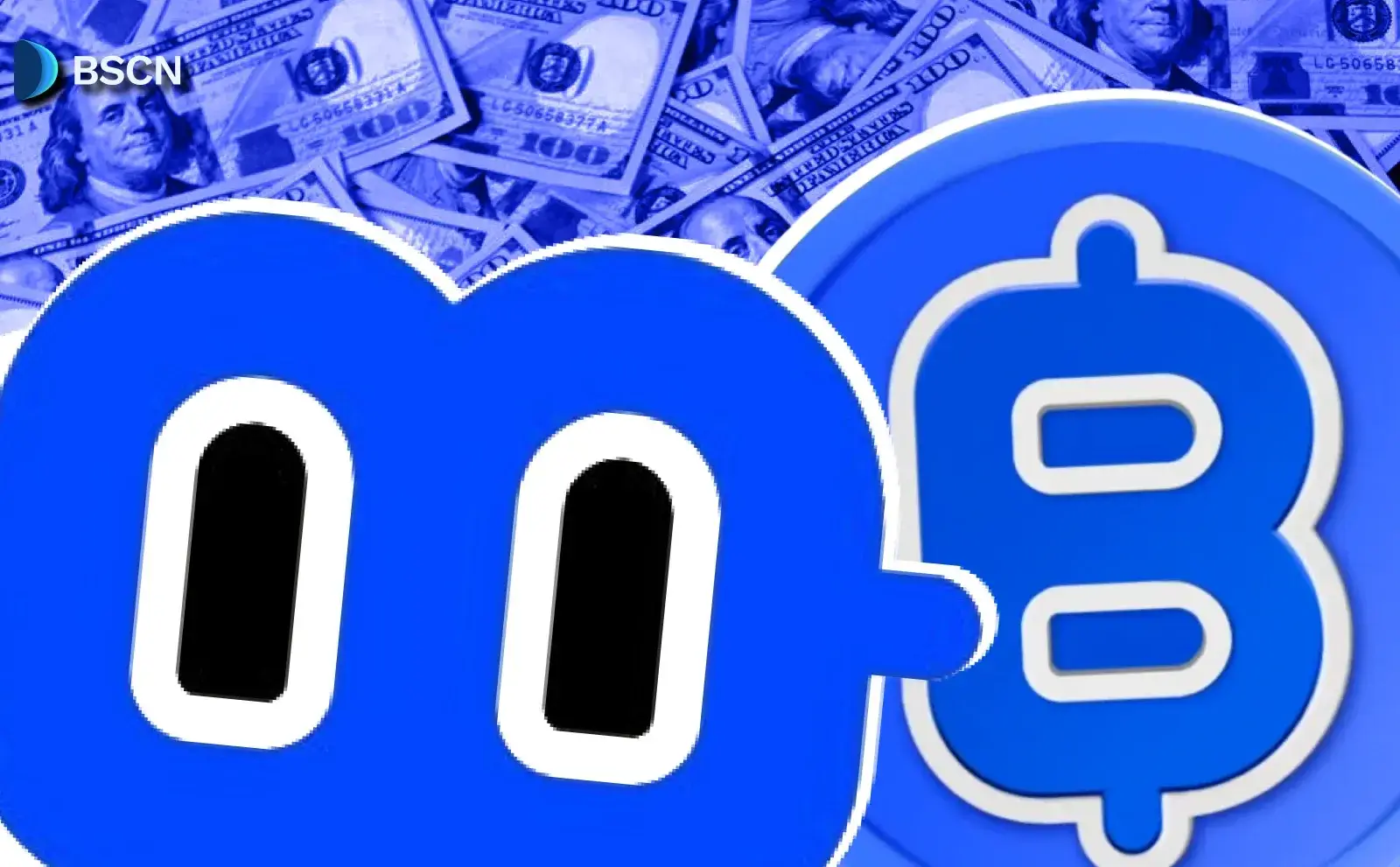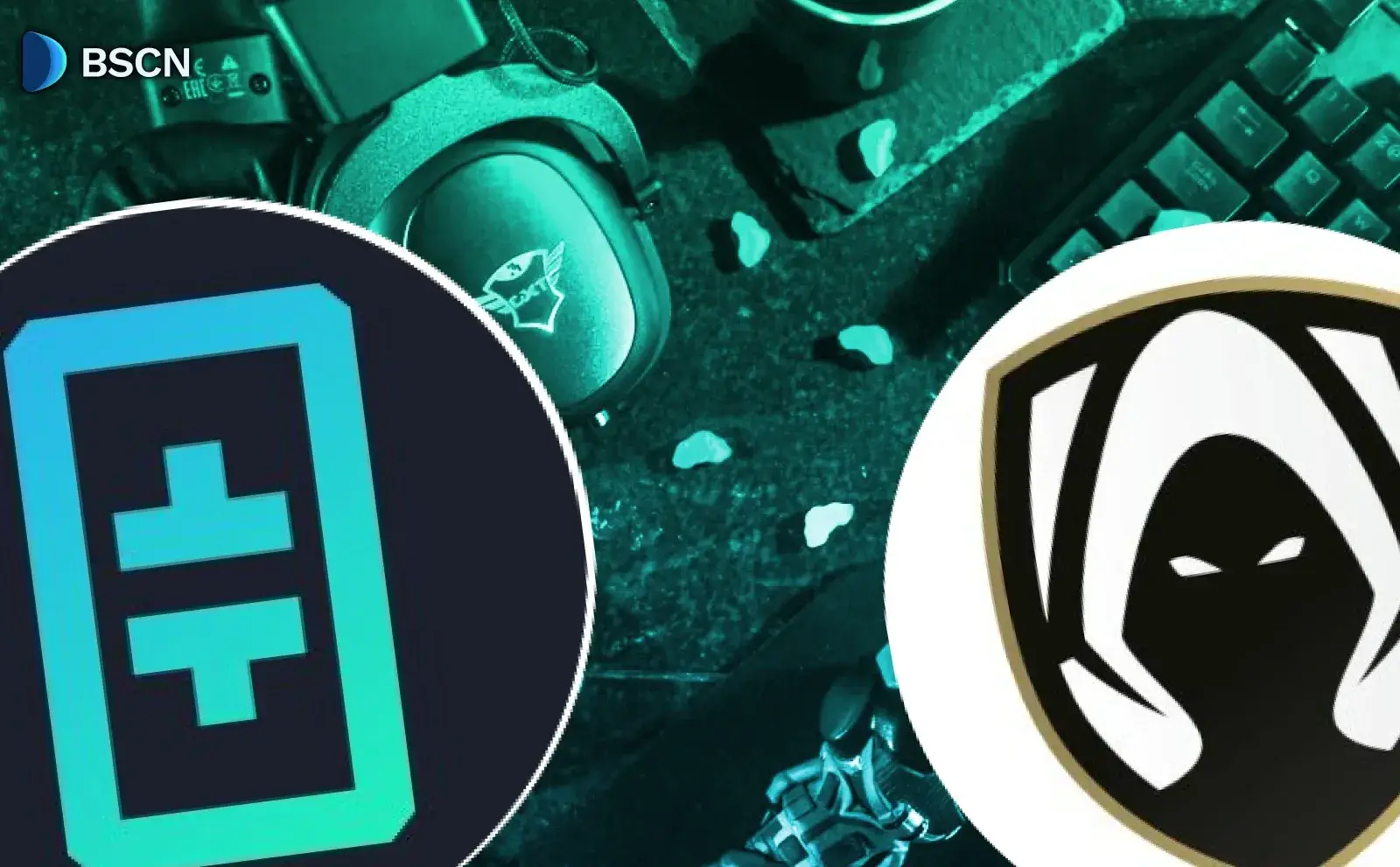News
(Advertisement)
Chainlink Labs Joins Global Synchronizer Foundation to Boost Blockchain Infrastructure

The Canton Network benefits from Chainlink’s proven track record in secure, data-rich DeFi and TradFi integrations.
Soumen Datta
June 6, 2025
(Advertisement)
Table of Contents
Chainlink Labs has joined the Global Synchronizer Foundation (GSF) in a pivotal step toward shaping a new generation of interoperable, enterprise-grade blockchain applications—particularly through collaboration within the Canton Network ecosystem.
Building Blockchain Standards for Institutions
Chainlink Labs is a core developer of the Chainlink platform, widely regarded as the industry standard for secure, reliable data delivery in decentralized finance (DeFi) and institutional finance. With this move, Chainlink Labs will now contribute its expertise to the Global Synchronizer Foundation, which governs the interoperability layer of the Canton Network.
We’re excited to share that @chainlinklabs has joined the @GlobalSyncFdn, the governance body supporting the Global Synchronizer—the interoperability layer of the @CantonNetwork.
— Chainlink (@chainlink) June 5, 2025
We look forward to working alongside fellow foundation members such as Broadridge, Cumberland,… pic.twitter.com/DVLUuABqyB
By doing so, Chainlink joins hands with Broadridge, Euroclear, and Cumberland, among other legacy institutions, to co-develop standards and strategies for scalable and secure blockchain infrastructure. The goal is to make blockchain suitable for high-value use cases in capital markets, banking, and asset management.
The foundation released a statement confirming the addition, noting:
This partnership brings fresh opportunities by supporting the development of interoperable, institutional-grade blockchain infrastructure across the Canton Network and beyond.
Why This Matters
With over $21 trillion in enabled transaction value, more than 2,300 applications, and integrations across 60+ blockchain networks, Chainlink has become essential to the infrastructure of modern finance. Its oracles serve major protocols like Aave, Lido, and GMX, and are trusted by financial giants such as Swift, Fidelity International, and Euroclear.
By joining GSF, Chainlink Labs is stepping deeper into institutional territory. It will play a key role in defining how enterprise applications will communicate and coordinate across different systems, both on-chain and off-chain.
What Is the Canton Network?
The Canton Network is a privacy-focused, interoperable blockchain platform designed specifically for institutional use. It allows applications to remain independently governed while being able to synchronize data and assets when needed. The idea is to maintain regulatory compliance and data privacy while enabling collaboration across fragmented systems.
According to the announcement, Chainlink Labs' deep knowledge of real-world asset tokenization, cross-chain messaging, and secure data feeds makes it a natural fit. It will guide GSF’s technical direction, support shared standards, and help ensure that the network is built for scalability, security, and openness—key requirements for institutional adoption.
Chainlink PoR and Institutional Trust
This move comes following another big development: Coinbase’s adoption of Chainlink’s Proof of Reserve (PoR) to verify its wrapped Bitcoin token, cbBTC. With Chainlink’s decentralized oracles, users can now verify—on-chain and in real time—that every cbBTC token is backed 1:1 with real BTC.
Chainlink PoR is a transparency solution that confirms whether a digital asset is fully backed by reserves. Oracles gather data from custodians or reserve banks and publish it to the blockchain. If reserves change, the system updates; if not, it stays efficient by reducing on-chain data use.
Per reports, today, Chainlink PoR secures over $8.5 billion in digital assets, with $3.5 billion held off-chain (in fiat or treasuries) and $5 billion held on-chain (as tokenized assets like wrapped BTC).
CCIP on Solana
Another significant milestone is the launch of Chainlink CCIP v1.6 on the Solana mainnet, which occurred in late May. This upgrade opens the door for projects like Maple Finance, Shiba Inu, and Backed Finance to bring over $19 billion in tokenized assets into the Solana ecosystem.
More importantly, by using Chainlink’s Cross-Chain Token (CCT) standard, these projects can move assets securely across chains such as Ethereum, BNB Chain, Arbitrum, and now Solana. This development enhances both interoperability and user experience, reducing costs and making multi-chain applications easier to build and operate.
This is key for institutions needing secure and fast cross-chain messaging. The new version of CCIP also improves architectural design, allowing it to scale smoothly across hundreds of chains—a crucial capability for modern, enterprise-grade applications.
Read Next...
Disclaimer
Disclaimer: The views expressed in this article do not necessarily represent the views of BSCN. The information provided in this article is for educational and entertainment purposes only and should not be construed as investment advice, or advice of any kind. BSCN assumes no responsibility for any investment decisions made based on the information provided in this article. If you believe that the article should be amended, please reach out to the BSCN team by emailing [email protected].
Author
 Soumen Datta
Soumen DattaSoumen has been a crypto researcher since 2020 and holds a master’s in Physics. His writing and research has been published by publications such as CryptoSlate and DailyCoin, as well as BSCN. His areas of focus include Bitcoin, DeFi, and high-potential altcoins like Ethereum, Solana, XRP, and Chainlink. He combines analytical depth with journalistic clarity to deliver insights for both newcomers and seasoned crypto readers.
(Advertisement)
Latest News
(Advertisement)
Crypto Project & Token Reviews
Project & Token Reviews
Comprehensive reviews of crypto's most interesting projects and assets
Learn about the hottest projects & tokens















